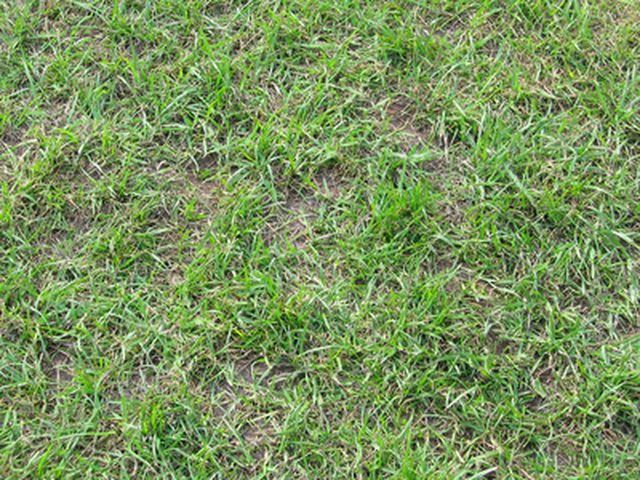Bulbs
Flower Basics
Flower Beds & Specialty Gardens
Flower Garden
Garden Furniture
Garden Gnomes
Garden Seeds
Garden Sheds
Garden Statues
Garden Tools & Supplies
Gardening Basics
Green & Organic
Groundcovers & Vines
Growing Annuals
Growing Basil
Growing Beans
Growing Berries
Growing Blueberries
Growing Cactus
Growing Corn
Growing Cotton
Growing Edibles
Growing Flowers
Growing Garlic
Growing Grapes
Growing Grass
Growing Herbs
Growing Jasmine
Growing Mint
Growing Mushrooms
Orchids
Growing Peanuts
Growing Perennials
Growing Plants
Growing Rosemary
Growing Roses
Growing Strawberries
Growing Sunflowers
Growing Thyme
Growing Tomatoes
Growing Tulips
Growing Vegetables
Herb Basics
Herb Garden
Indoor Growing
Landscaping Basics
Landscaping Patios
Landscaping Plants
Landscaping Shrubs
Landscaping Trees
Landscaping Walks & Pathways
Lawn Basics
Lawn Maintenance
Lawn Mowers
Lawn Ornaments
Lawn Planting
Lawn Tools
Outdoor Growing
Overall Landscape Planning
Pests, Weeds & Problems
Plant Basics
Rock Garden
Rose Garden
Shrubs
Soil
Specialty Gardens
Trees
Vegetable Garden
Yard Maintenance
What Is Fescue?
What Is Fescue?. Fescue is a popular cool season lawn grass, mainly because it's able to take shade. In fact it's the only family of grasses that can be sustained year-round in areas that are heavily shaded. This grass falls into two major categories: tall fescue and fine fescue. Fescues have an entirely different type of maintenance plan than...

Fescue is a popular cool season lawn grass, mainly because it's able to take shade. In fact it's the only family of grasses that can be sustained year-round in areas that are heavily shaded. This grass falls into two major categories: tall fescue and fine fescue. Fescues have an entirely different type of maintenance plan than that of other widely used turfs such as zoysia or Bermuda grass. Unlike most cool season turfs, fescue lawns do well in transitional zones where a season may be too hot for other types of cool season grasses or too cold for warm season grasses.
Significance
Tall fescue is one of America's most important grasses, according to Online.com, as it covers roughly 35 million acres of land throughout the United States. This fescue, known for its coarse blades, can take considerable wear from lawn traffic. It's more drought resistant than most lawn turfs.
Turf-type tall fescue is used widely for industrial sites, as well as homes. This tall fescue variety isn't as thick as traditional tall fescue.
Fine Fescue
Fine fescue, which includes the varieties red fescue (also called creeping red fescue), hard fescue and chewing fescue, are grasses that have thin blades, unlike tall fescue. They're less tolerant of lawn traffic, although they are able to grow in dry shade. Red fescue is low maintenance and can grow in cooler and shadier conditions than other types of cool season grasses. It even looks good when it's used in areas that are not mowed, such as along roadways.
Benefits
In addition to tolerating shade, all types of fescue germinate quickly. It's a grass that is able to take heavy traffic, making it a superior turf for playing sports. This type of fescue has the advantage of remaining green throughout the year, while other turfs turn brown during winter months. Another benefit of fescue is its ability to withstand compacted soil, such as red clay.
Time Frame
Fescue is best grown during the cooler seasons of fall and winter. This grass does best when planted in early fall, which allows more time for grass to grow when growing conditions are ideal. The second best season to plant fescue is spring. Sometimes both fall and spring plantings can help to ensure covering problem spots.
Warning
Fescue cannot take hot dry weather and needs to be frequently watered during summer. When it fails to not get enough water it can turn brown quickly. This results in having to overseed a lawn each year to supplement those areas that were damaged by heat and weakened.